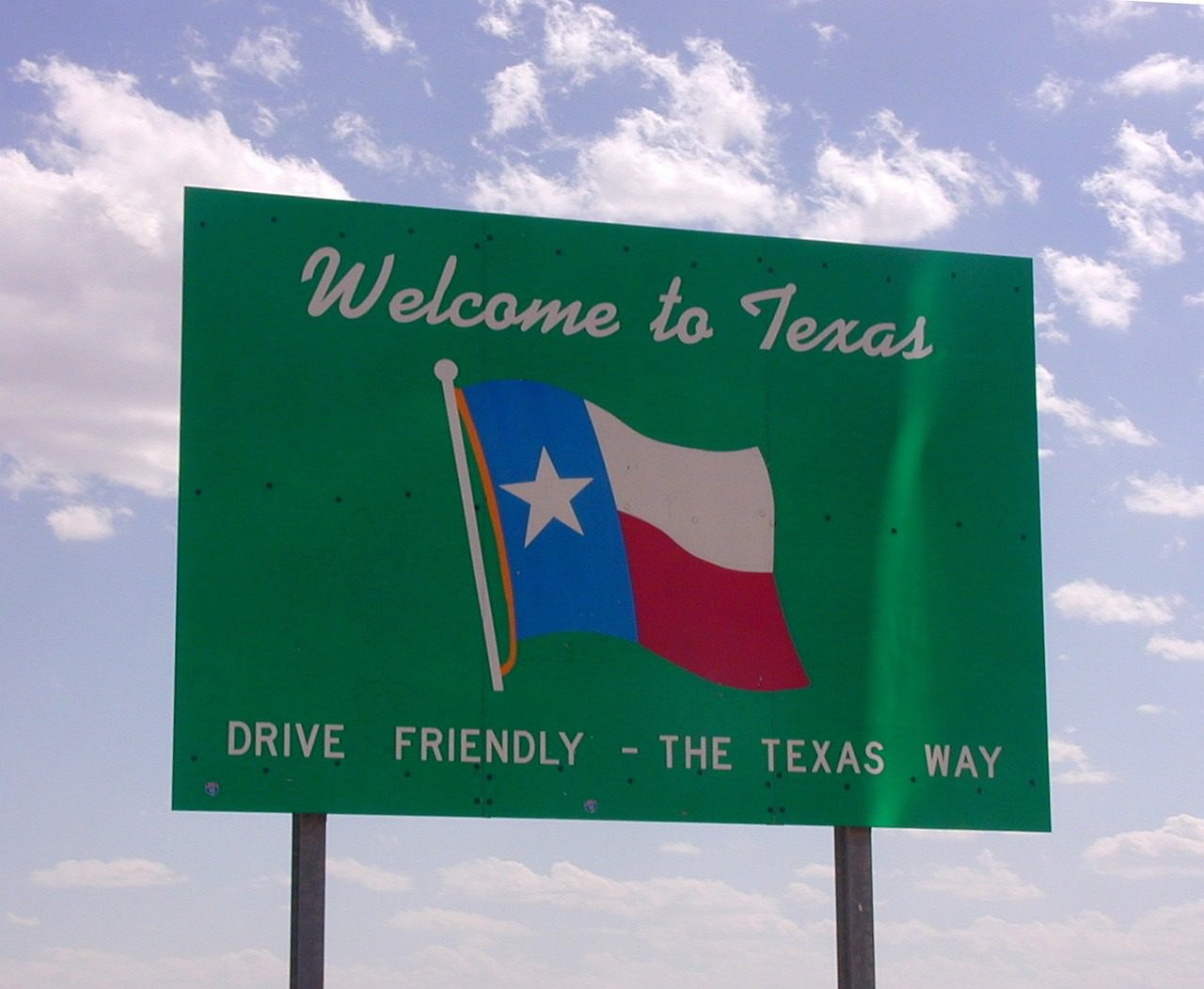
Kidnapping of Migrants and Asylum Seekers at the Texas-Tamaulipas Border Reaches Intolerable Levels
Content warning: This feature discusses sensitive topics including sexual violence and other forms of abuse.
“Kidnappings were always known, but they were not as normal as they are now,” a religious worker told us about the migrant population they work with. “They’re dragging people out of their tents at night, they’re taking entire families,” added the director of a humanitarian group. “Every woman we work with has been raped,” said an attorney working with asylum seekers. “Women start taking birth control before the journey because they know they might be raped,” affirmed a shelter director.
These are just some of the reports we heard in recent interviews with service providers working with migrants and asylum seekers along the Texas-Tamaulipas border. For people trying to migrate to the United States from Mexico’s southern border, this region, where Texas dips down to the southernmost point on the U.S.-Mexico border, is where the shortest path across Mexico leads. From 2013 to 2022, of the nine sectors into which Border Patrol divides the border, Texas’s Rio Grande Valley, which lies across the Rio Grande from Tamaulipas, saw more migrants than any other.
